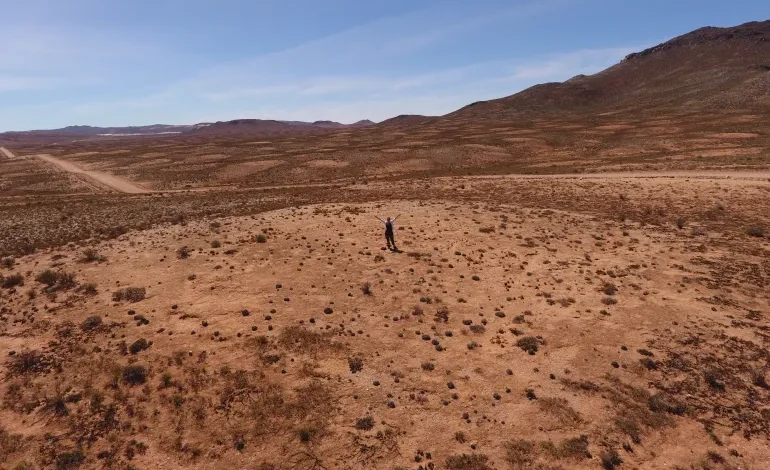A groundbreaking research project in the desolate landscape of Namaqualand has unearthed a surprising secret about the region’s salty groundwater and the vital role played by a seemingly insignificant insect – the southern harvester termite, Al Jazeera reports.
Led by Stellenbosch University soil scientists Cathy Clarke and Michele Francis, the project involved excavating a massive termite mound, known locally as a “heuweltjie,” revealing intricate networks of tunnels and nests dating back thousands of years. Radiocarbon dating of the soil samples confirmed the existence of organic matter that had been there for at least 19,000 years, while mineral calcite, also a result of termite activity, was found to be even older, dating back to the last Ice Age, approximately 34,000 years ago.
This discovery not only sheds light on the ancient history of the region but also offers valuable insights into the termites’ impact on the local environment. The scientists found that the salts and minerals in the groundwater are a direct result of termite activity. Over thousands of years, termites have accumulated these substances in their mounds, which are then flushed into the groundwater system during rainfall, leading to the hypersaline conditions found in the region.
However, the study also uncovered an unexpected benefit: the termites’ role in combating climate change. By dragging sticks and twigs underground, they store fresh organic carbon at depths greater than one meter, effectively acting as long-term carbon sinks. The breakdown of their excrement further leads to the formation of calcium carbonate, a stable form of carbon locked in the soil for millennia.
The project has attracted international attention, with scientists from the US and South Africa joining forces to further investigate the mechanisms of carbon sequestration in Namaqualand’s heuweltjies. The research is expected to shed further light on the vital role played by these often overlooked insects in maintaining a healthy ecosystem.









